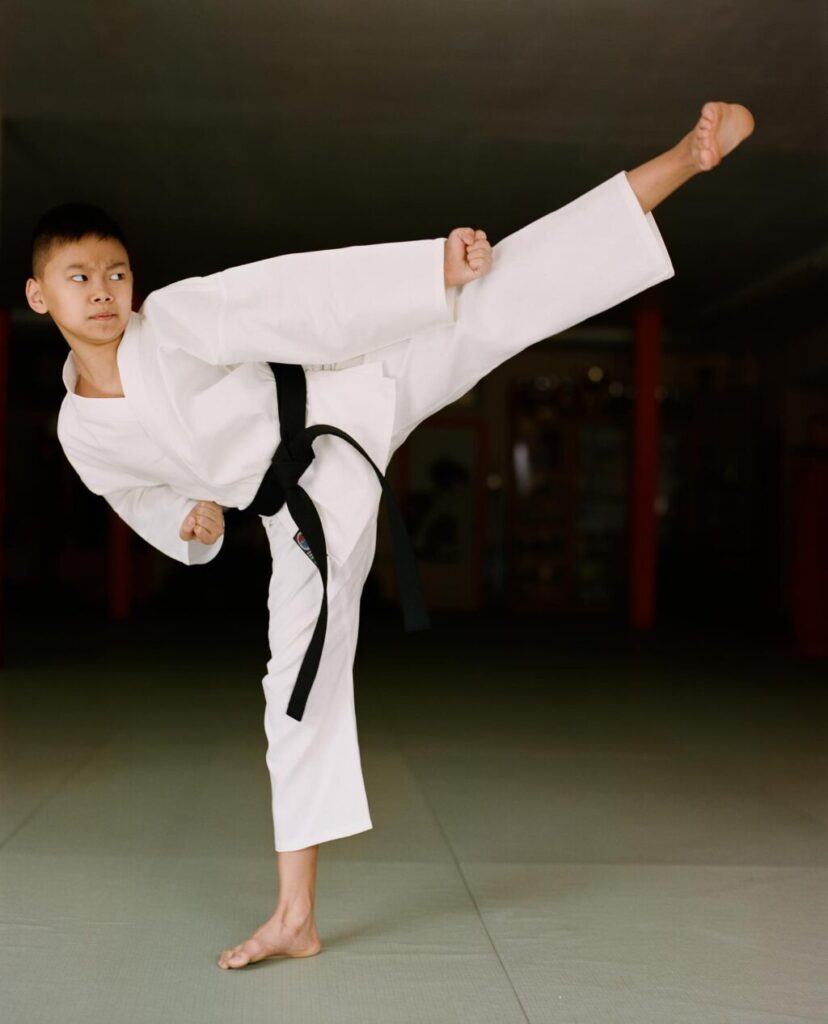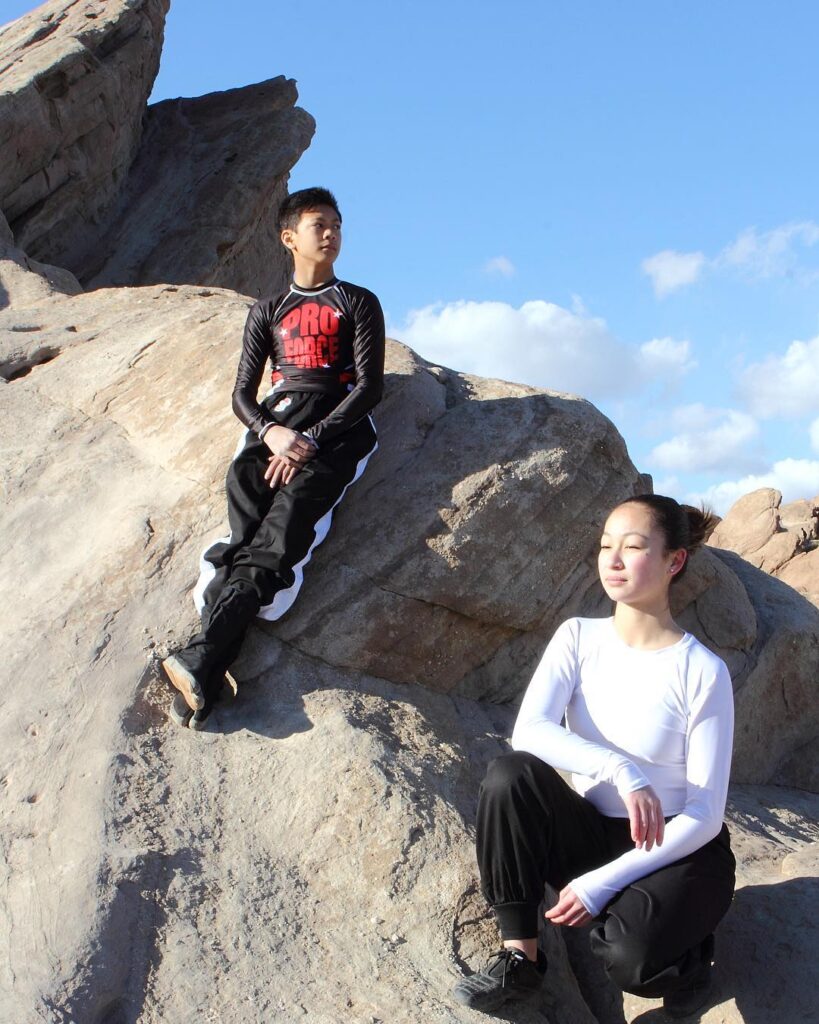
Virtual martial arts training: What is it? How does it work?
Even a few months ago, virtual martial arts would have sounded like something out of a sci-fi movie. But now martial artists all over the world are connecting through video conferencing and participating in online group classes and private training sessions together. And while virtual martial arts training may have begun as a substitute for in-person training when dojos were temporarily closed for the pandemic, it’s evolving into its own form of martial arts education that could continue to grow even as our current situation becomes a distant memory. Many instructors have experienced great success with online martial arts training, and plan to continue to teach via video conferencing software even after social distancing rules relax.
Virtual martial arts training is a promising new form of education but it’s not perfect and it might not be suitable for everyone. It is still new and evolving. Like any form of education, it has its strengths and weaknesses. If you’re looking for a change from solo training, and you’ve been thinking about signing up for online martial arts classes, or you’ve been thinking of signing your child up for online martial arts training, but aren’t sure if it’s the right choice or worth the investment, it’s a good idea to take a closer look at those positives and negatives.
We’ve been talking to students and instructors to get their perspectives, and here’s what we’ve learned about what to expect from a virtual martial arts class.
What You’ll Need
For the virtual part of virtual martial arts training, you will need a device that supports the videoconferencing program that your instructor or gym is using, like a computer, smartphone, or tablet, and a reliable wifi connection. The martial arts part will depend on your discipline and your instructor. Karate instructors might request that you train in your uniform, for example, while MMA classes can probably be conducted in your regular workout attire. Some classes might focus on bodyweight techniques and drills while others might incorporate some of your training gear, like boxing gloves. Some Brazilian Jiu-Jitsu schools are even using makeshift training dummies made out of a stuffed spare gi in their training. Whatever style of martial arts class you’re taking, though, you will need some empty space to train in. And you’ll probably feel more comfortable if you have a set of jigsaw mats to train on.

Growing Pains
If you’ve been training in a traditional martial arts gym — or any in-person setting, for that matter — it will take you a while to get used to virtual martial arts training. In person, you can get instant feedback from your training partners and your instructor who are right there with you. And you will still get that feedback online, but you’ll all be watching each other through small video boxes. There might be slight lags in sound or interruptions in the video, too. They’re small frustrations, and martial artists are good at adapting, but it is a learning process.
Speaking of learning, martial arts instructors are still adapting to this new style, too. They’re figuring the best ways to teach their students over video, how best to explain and correct techniques, how to observe you, and how to make sure everyone’s engaged. As long as everyone is patient, committed to working together and open to constructive feedback, though, great things can happen in online martial arts training.
Instruction Style
Some styles of martial arts and some techniques adapt better to virtual martial arts training than others, which means that you won’t always get a perfect replication of in-person training online. Solo Kata in Karate is very easy to adapt to online classes. Cardio kickboxing and shadowboxing are similarly well suited to this medium. Martial arts that traditionally require more partnerwork in technique training and sparring will look a little different online. One longtime Muay Thai student we talked to, for example, has noticed that her online training focuses more on offensive techniques and combos. She’s noticed that defence has been harder to learn through virtual martial arts training. She doesn’t feel that she’s missing out, though. While she’s looking forward to going back to the gym, she’s also enjoying the opportunity to focus on her offence and learn from a new perspective.
Community
Virtual and online spaces have a bad reputation for being a little cold and distant compared to their real world counterparts, but the community that in-person martial arts gyms build is something that can be reproduced in online training. Group training gives students time to catch up with each other and offer real-time support and encouragement, just like at the dojo. One student we talked to actually felt like she and her training partners were becoming closer online, because training together through video at home feels like you’re visiting each other.
Opportunities
There are aspects of in-person instruction that virtual martial arts classes can’t offer, but there are also all sorts of new possibilities this style of training can open up. Students can join from anywhere with an internet connection, which means that you can join a class in a different city or an entirely different country from the one you live in! It also allows gyms to bring in guest instructors that they might not otherwise be able to host. A Karate pupil on the East Coast can take private lessons from a sensei who lives on the West Coast. An MMA gym in Canada can feature drop-in lessons from coaches in Brazil. Although it’s not quite martial arts, there’s a pro wrestling company in Japan that is offering online personal training lessons from its stars. Virtual martial arts training allows you take an educational excursion from the comfort of your own home!




















